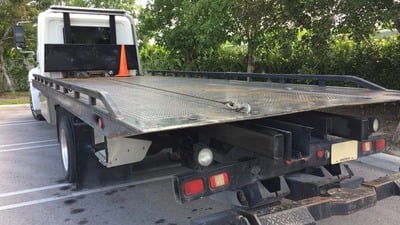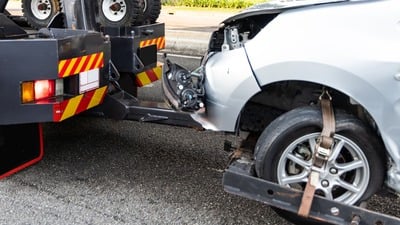Jump starters are a handy tool for any car owner, enabling you to take charge of unexpected battery failures without needing another vehicle. This guide will navigate you through the safe and effective use of jump starters, ensuring you're prepared for those critical moments.
Understanding Your Jump Starter
The first step to harnessing the full potential of your jump starter is understanding how it works. Essentially, jump starters are portable batteries equipped with cables to start your car when the battery dies. But it's more than just hooking up two cables; knowing the capacity, the output voltage, and how those relate to your vehicle's requirements is paramount. For instance, a jump starter that's too weak for your SUV won't get the job done, and one that's too powerful could cause damage.
It's also essential to familiarize yourself with the different types of jump starters available on the market. Some come with additional features such as air compressors, USB ports for charging electronic devices, and even flashlights. While these features add value, your primary focus should be on finding a jump starter with the right specs for your car. Reading the manual thoroughly can provide insights into how to use these features safely and effectively.
Preparation: Before You Need It
The adage 'prevention is better than cure' holds true for jump starters as well. Before you find yourself stranded with a dead battery, familiarize yourself with your jump starter by practicing at home. Ensure that your jump starter is always charged according to the manufacturer’s instructions, as a dead jump starter won’t be of any use in an emergency. Equally important is regularly checking the state of your vehicle’s battery and the jump starter’s battery. Keeping an eye on both can prevent surprises on the road. Keeping your jump starter in a readily accessible location in your vehicle, along with the manual and any necessary safety equipment (like gloves and safety glasses), ensures you’re always prepared.
Step-by-Step Guide to Using a Jump Starter
First, ensure all devices in your car are turned off to prevent any electrical surges. Then, connect the positive (red) clamp of the jump starter to the positive terminal of the battery, followed by the negative (black) clamp to an unpainted, metal surface on the car's frame away from the battery. This acts as a ground and is a safety measure to prevent sparks from igniting gases near the battery.
Once the clamps are securely in place, turn on the jump starter. Ideally, your car should start within a few seconds. If it doesn’t, give it a minute or two before trying again to prevent overheating. After the vehicle starts, carefully disconnect the clamps in reverse order, starting with the negative clamp, and then turn off the jump starter. Allow your car to run for at least 20 minutes to recharge the battery before heading out.
Safety First: What Not to Do
Never connect the negative clamp directly to the battery's negative terminal, as it can create a circuit and potentially cause a spark, leading to a battery explosion. Avoid using jump starters in wet conditions to prevent the risk of electric shock or short-circuiting the device and the car’s electrical system. Always read the manufacturer’s safety warnings and follow them meticulously to avoid accidents.
Troubleshooting Common Issues
If your car doesn’t start after using a jump starter, it might not be just a dead battery issue. Check to ensure the clamps are properly connected and that the jump starter is sufficiently charged. Sometimes, the problem could also be with your vehicle's alternator or another component of the electrical system. In such cases, it’s advisable to seek professional help.
Maintenance and Storage: Keeping Your Jump Starter Ready
After each use, it’s important to recharge your jump starter to keep it ready for the next emergency. Store it in a cool, dry place to avoid any damage to the battery. Periodically check the condition of your jump starter and test it by turning it on to ensure it’s functioning properly. Proper maintenance and storage will not only extend the life of your jump starter but also ensure it’s reliable when you need it most.
Concluding Thoughts on Jump Starters
Using a jump starter safely and effectively boils down to understanding your device, preparing for emergencies, and following safety protocols. These simple yet crucial steps not only extend the lifespan of your jump starter but also ensure your safety and that of your vehicle. Remember, the key is to stay calm, be prepared, and follow the guidelines. Safe jumping!





